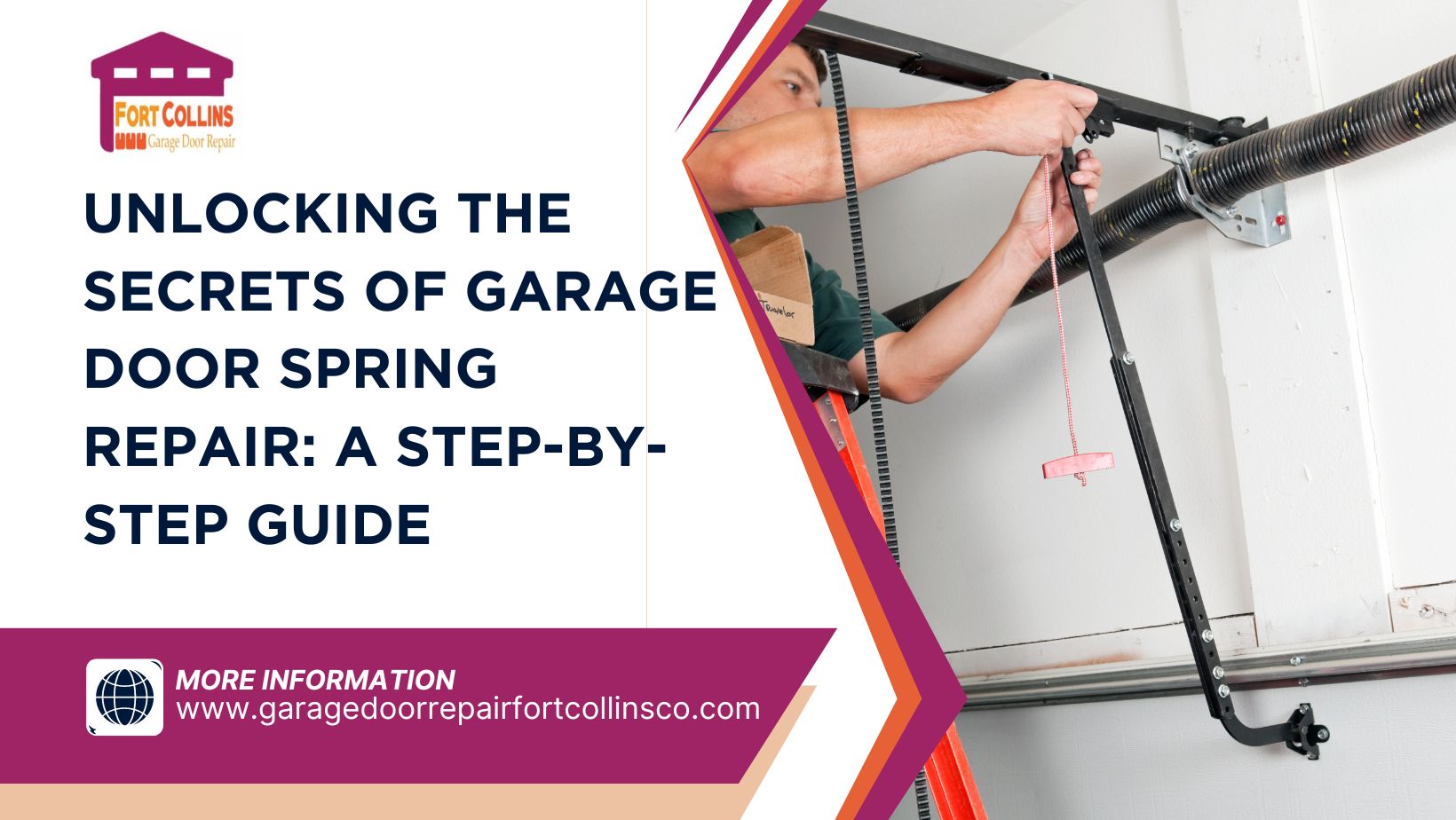
A garage door is important for every residence to hold safety and comfort. However, like any mechanical system, a garage door can be prone to put on and tear, specifically its springs. Garage door springs are important for lifting and smoothening doorways. However, they can become a massive pressure when they smash. While fixing them could also seem daunting, you can learn the tips and strategies for DIY garage door spring repair with the guidance
This step-by-step- guide will walk you through all you need to know to fix springs safely and effectively.
Torsion Springs: Located above the door, those springs wind and unwind to open and close the door.
Extension Springs: Run along the horizontal tracks on every side of the door. They stretch and settle to transport the door.
Repairing or replacing garage door springs repair could be dangerous. The springs are under a range of tensions, and they can cause serious harm if they are not handled properly. As such, your top priority should be first. Before starting any repair, whether you need residential garage door repair, ensure you have all the necessary safety equipment and accurate tools:
In conclusion, by following these steps, you can repair DIY garage door springs and save money while gaining experience. But always prioritize safety first, and don’t wait to hire an expert if something seems too difficult. Stay sure your door runs properly for many years with a careful understanding of the secrets and practices of repairing garage door springs.
Ans: Signs that your garage door springs need alternatives encompass the door no longer beginning or lasting properly, a big hollow within the springs, or loud noises while it operates. Regular inspections can help you figure out those troubles early.
Ans: Because the springs are below intense tension, DIY garage door spring repair can be dangerous. The spring may be ruined if treated improperly, which can harm oneself or damage one’s belongings. Wear defensive tools and always use the proper device.
Ans: If a garage door spring breaks, keep away from looking to open or close the door. Secure the door in location, if possible, and seek a 24 hour garage door repair company close to your location to handle the situation as soon as possible.

One of the best things about Fort Collins Garage Doors is that it offers quality service at affordable prices.
Fort Collins Garage Door Repair
109 S Sherwood St
Fort Collins, CO 80521